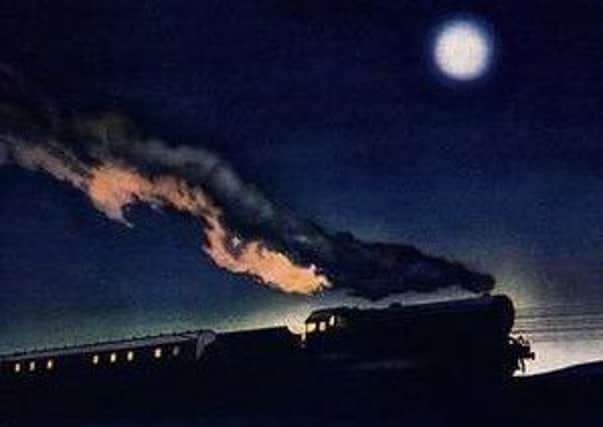Book review: Night Trains - The Rise and Fall of the Sleeper, by Andrew Martin


Martin’s travelogue describes six European night trains – among the shrinking number left – and proves a far from unalloyed joy. It’s a pity the Caledonian Sleeper is not included – it was covered in one of his previous books – because it would compare pretty well, despite its 40-year-old carriages. The new rolling stock, due to be introduced next year with en-suite showers and double beds, certainly would.
In the golden age of the European sleeper, with which Martin keeps contrasting current trains, international services were run by Belgium’s Compagnie Internationale des Wagons-Lits. They spread across Europe, as Martin relates, to peak in the mid-1930s with an extraordinary 806 sleeping carriages and 661 dining cars,
Advertisement
Hide AdHowever, sleepers have now become an endangered species, under increasing threat from cheaper air travel and ever faster daytime trains. Indeed, Martin says his book was triggered by the closure last year of several services, including ones in France and Germany. He seems to mourn the passing of Wagons-Lits at every turn, from their five-course dinners and salon bars to passengers not having to make up their own beds from plastic-wrapped sleeping bags and pillows. However, he is more impressed with Norwegian sleepers and those in eastern Europe, which have retained better comfort levels.
Martin appears to have a particular love of Paris, with much description of its stations from which the sleepers depart – or not, in one case, when his train is cancelled but passengers are still allowed to sleep aboard.
It’s a warts and all narrative as the author sleeps – or actually hardly sleeps – his way across Europe. This may fascinate some, but Martin does at points indulge himself in excruciating levels of detail, such his annoyance at a couple sharing a packet of crisps or his meagre baguette and beer dinners in the absence of anything grander.
I’m also not sure we needed to know that he dried himself after a station shower with his boxer shorts because he hadn’t brought a towel, although the way this and other incidents are related is vaguely comical.
However, Martin’s travel diaries are leavened by fascinating anecdotes about his sleeper-travelling literary forebears, such as the cash-strapped young novelist Graham Greene being given sandwiches by his wife so he could avoid the cost of the Orient Express’s dining car while researching Stamboul Train.
*Night Trains - The Rise and Fall of the Sleeper, by Andrew Martin, Profile Books, 250pp, £14.99